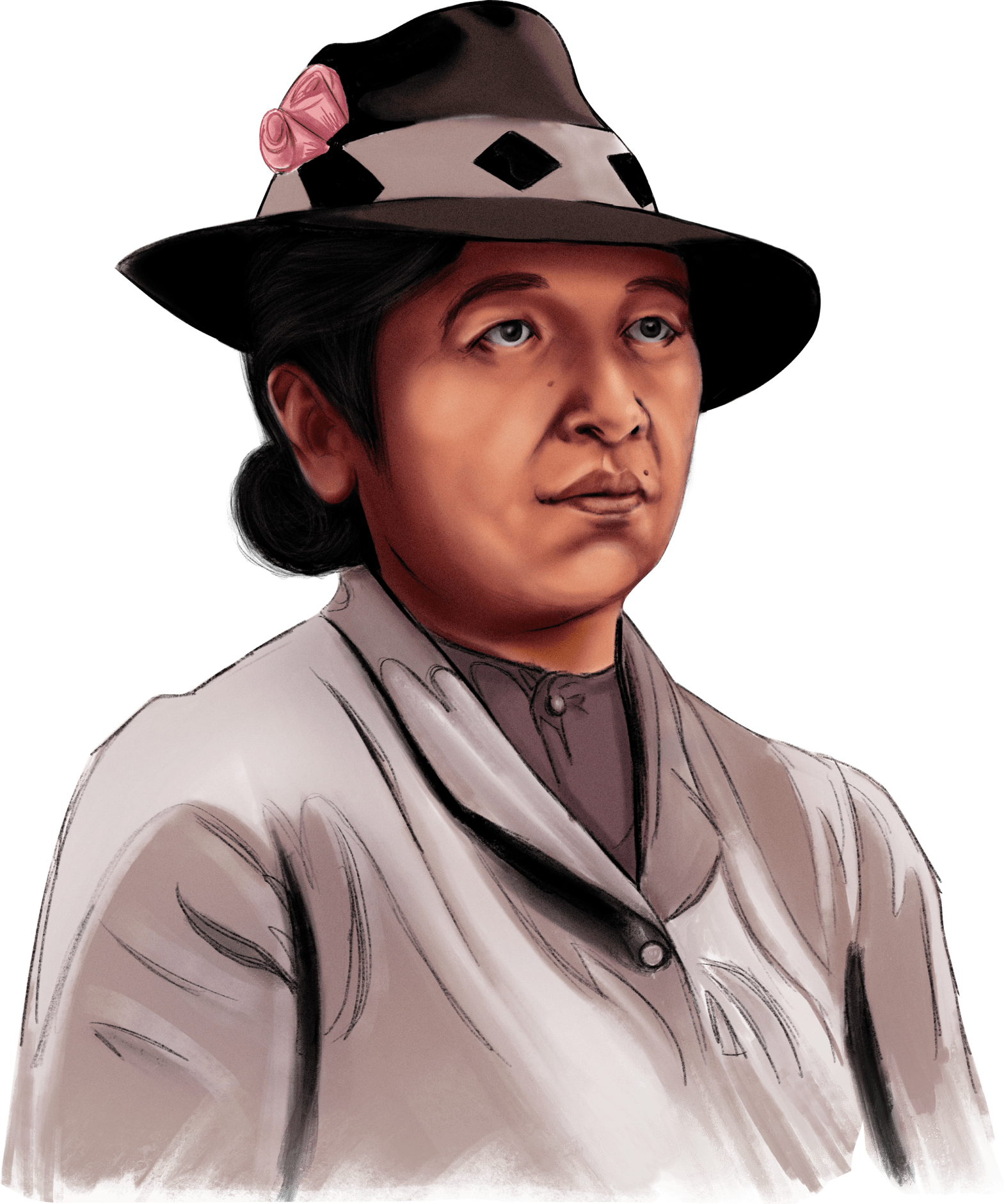Margaret Knight
An interview with educator Ashleigh Coren


Part One
So, first of all, shout out to Margaret Knight; she, like me, is from New England.
You know, Margaret’s a part of a whole lineage of women who were innovators, creatives, individuals who may not have had the traditional training in the academy, or even the proper training in school, but were able to do some really fantastic things with their lives.
And Margaret’s story, I think, is really important because it helps us understand the nuances of the American dream.


Part Two
You know, this is someone who was born in the 1830s, lived through the Industrial Revolution. Like many young women at that time, she actually had to support her family.

Part Three
So at the paper bag company, she along with other workers were folding paper bags. And so after a lot of thinking and tinkering—because Margaret Knight is many things, but she is first and foremost a tinkerer—she created the machine to improve paper bag feeding and folding.



Part Four
And she successfully applied for her patent, and it was granted.
She created a gazillion patents and designs before she died! Like to me, that’s the more important part about her story.
And so I think, thinking about women’s history and sort of thinking about the approach of only focusing on people who broke the glass ceiling, or people who were the first to do something, I think that Margaret’s story reminds us to sometimes take a step back and to think more broadly in who it is that we feature and celebrate.


Part Five
You know, America is a place where anyone, from any background, anywhere, any town or city, is capable of doing really amazing or cool things. But it doesn’t necessarily mean they’re going to get the credit or the recognition or the compensation for those wonderful things, right?
And that’s a part of this idea about disappearing ink, right? It’s not just about documenting stories, it’s also about giving people their due and making sure that people get the recognition, to make sure that other people who are using paper bags every single day, know where that stuff comes from.






